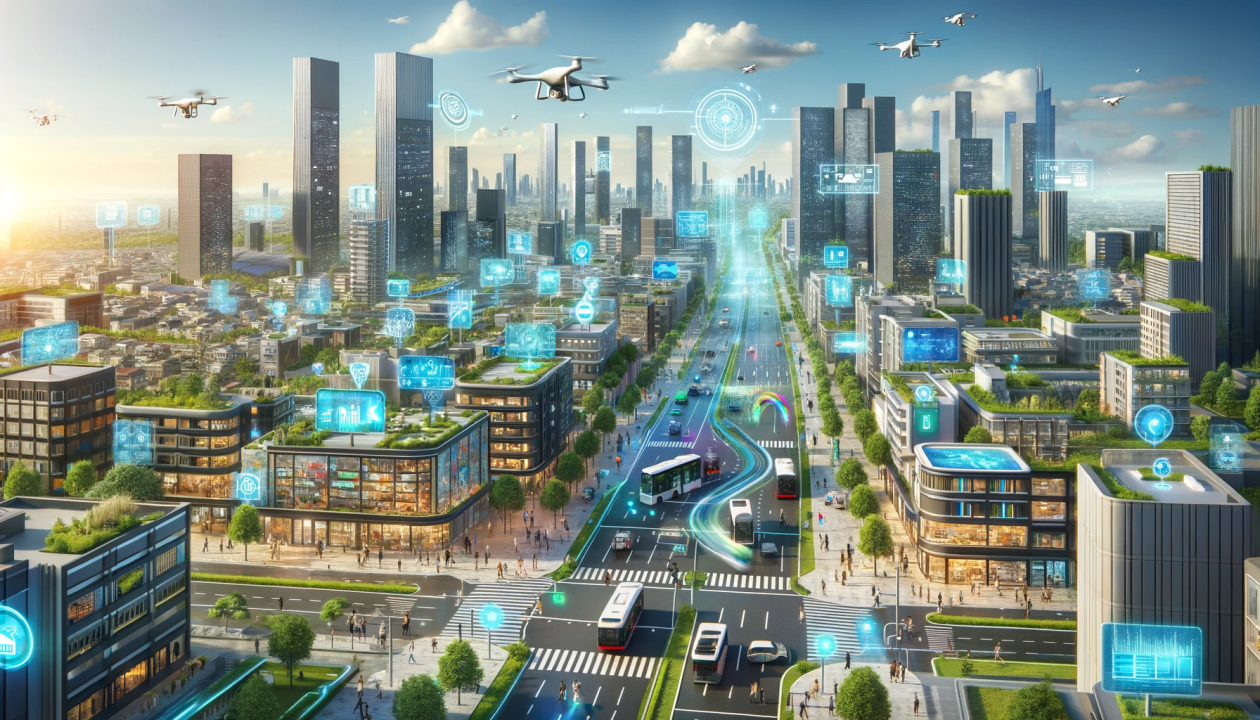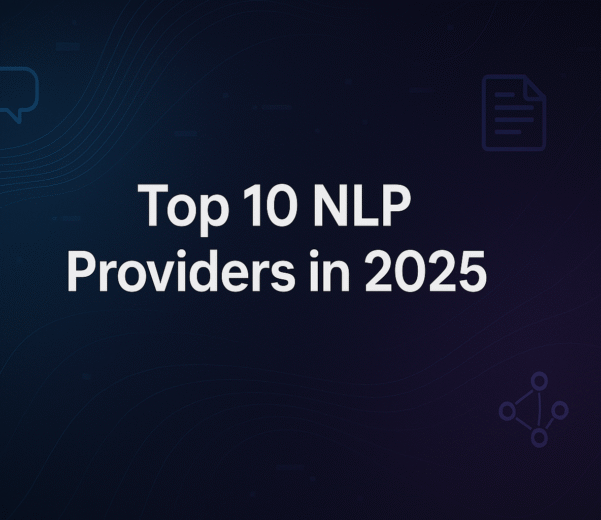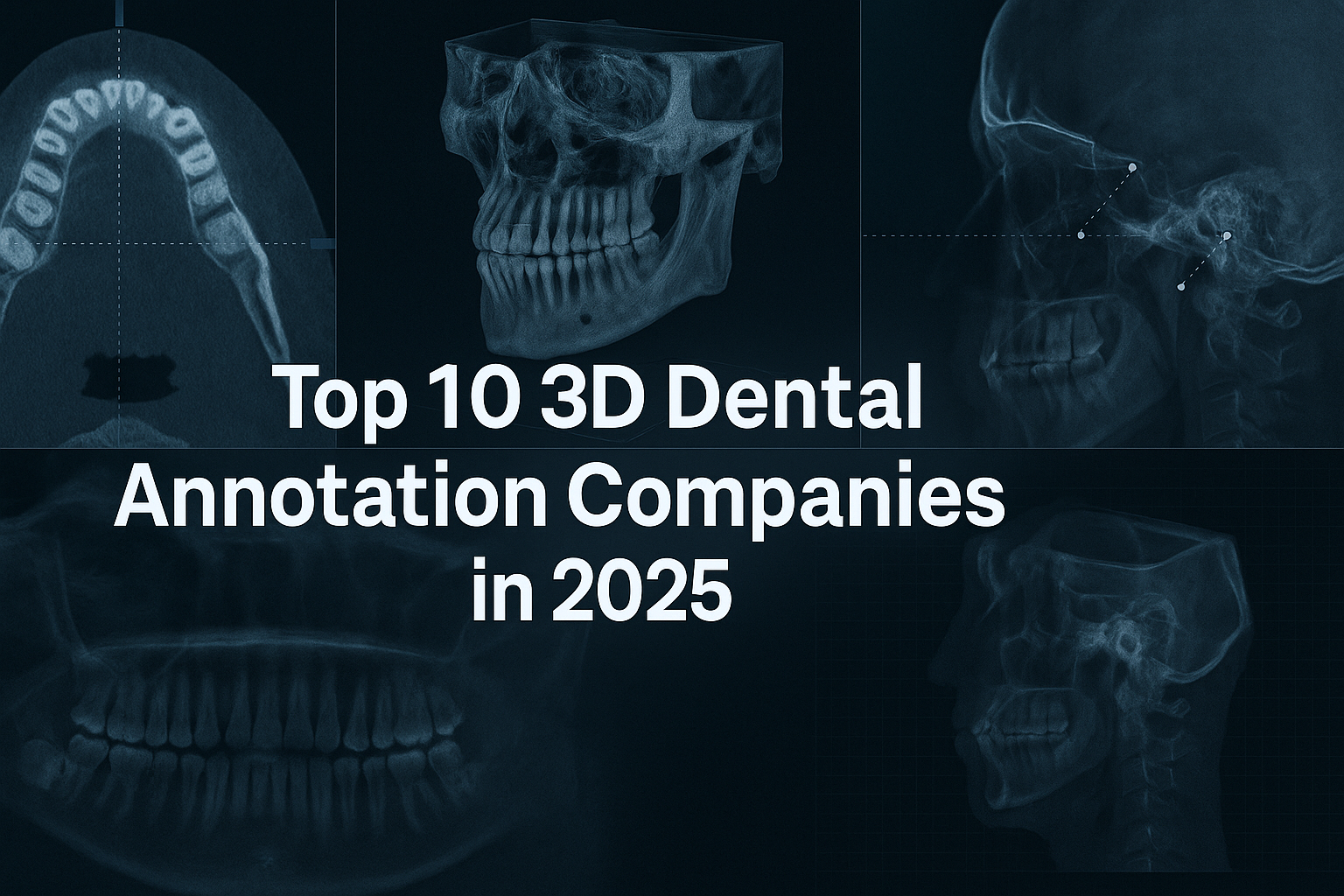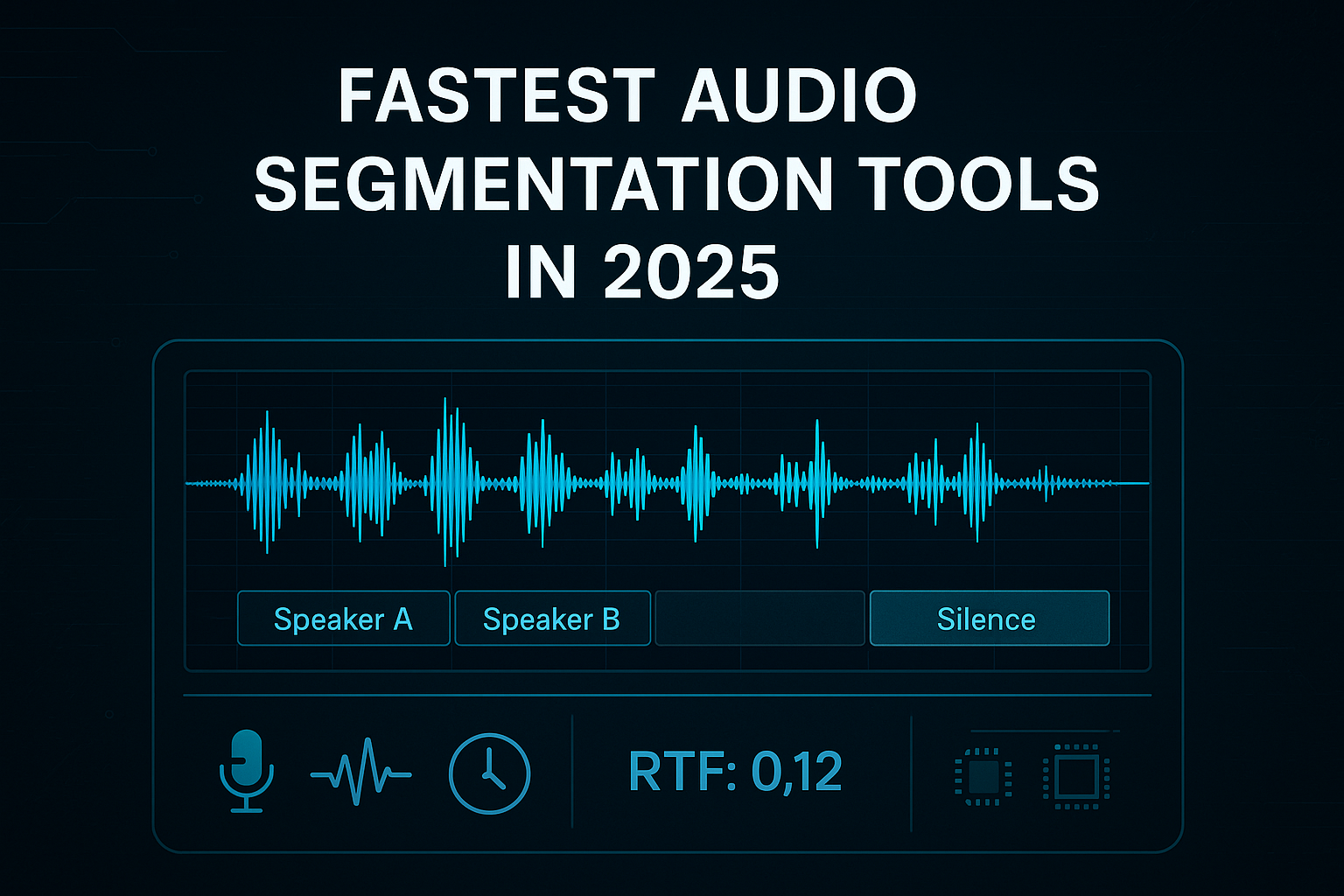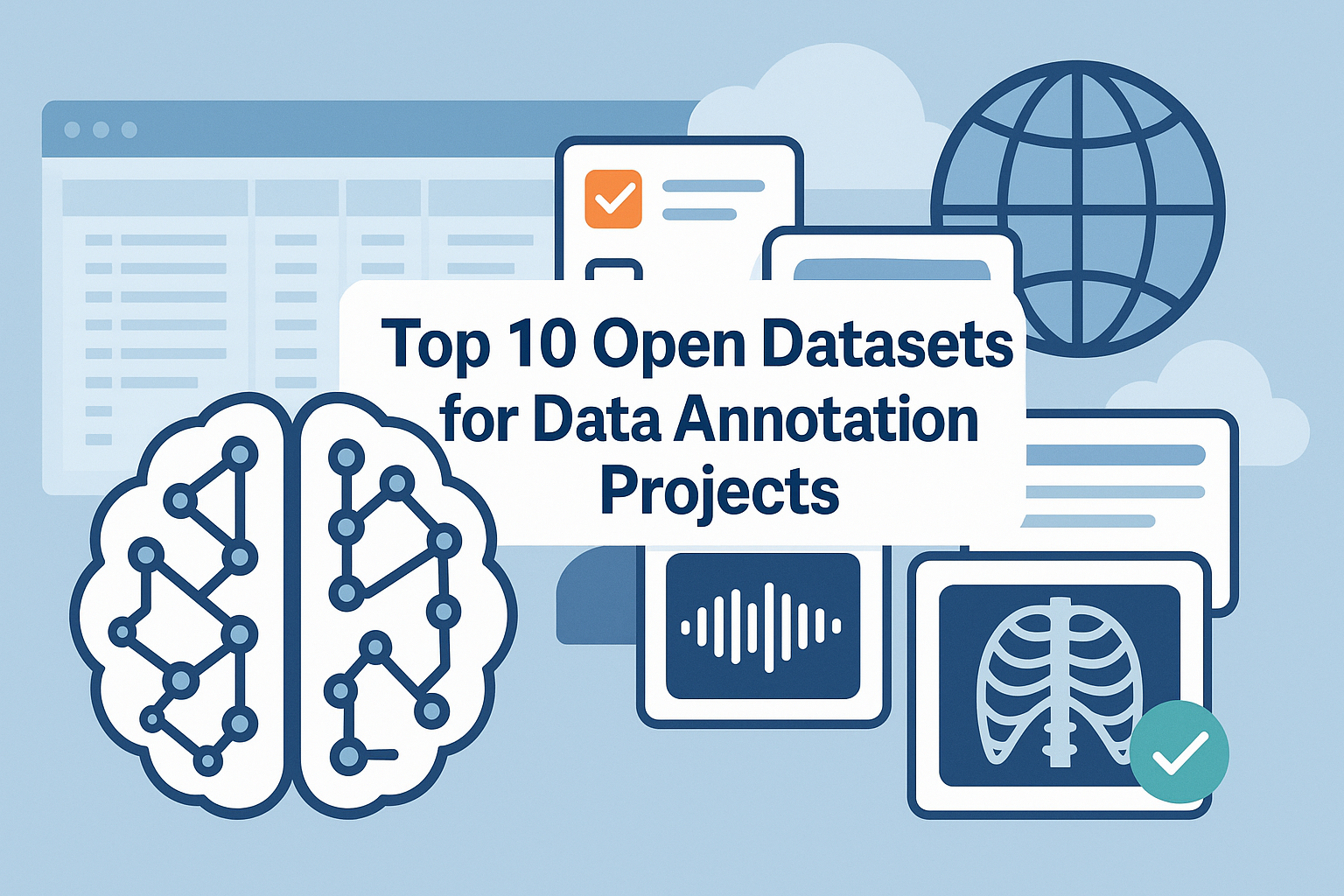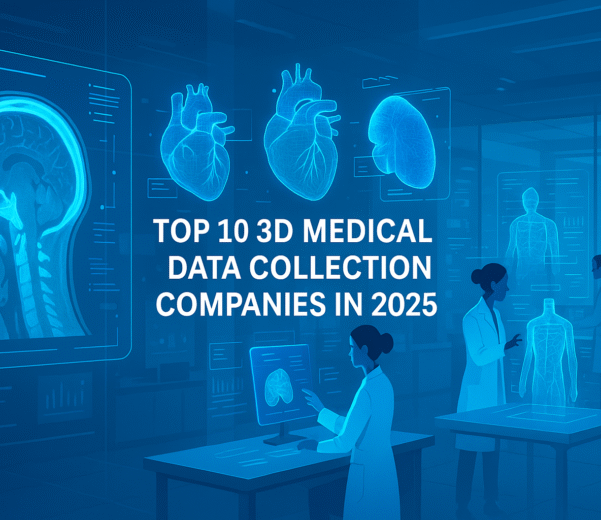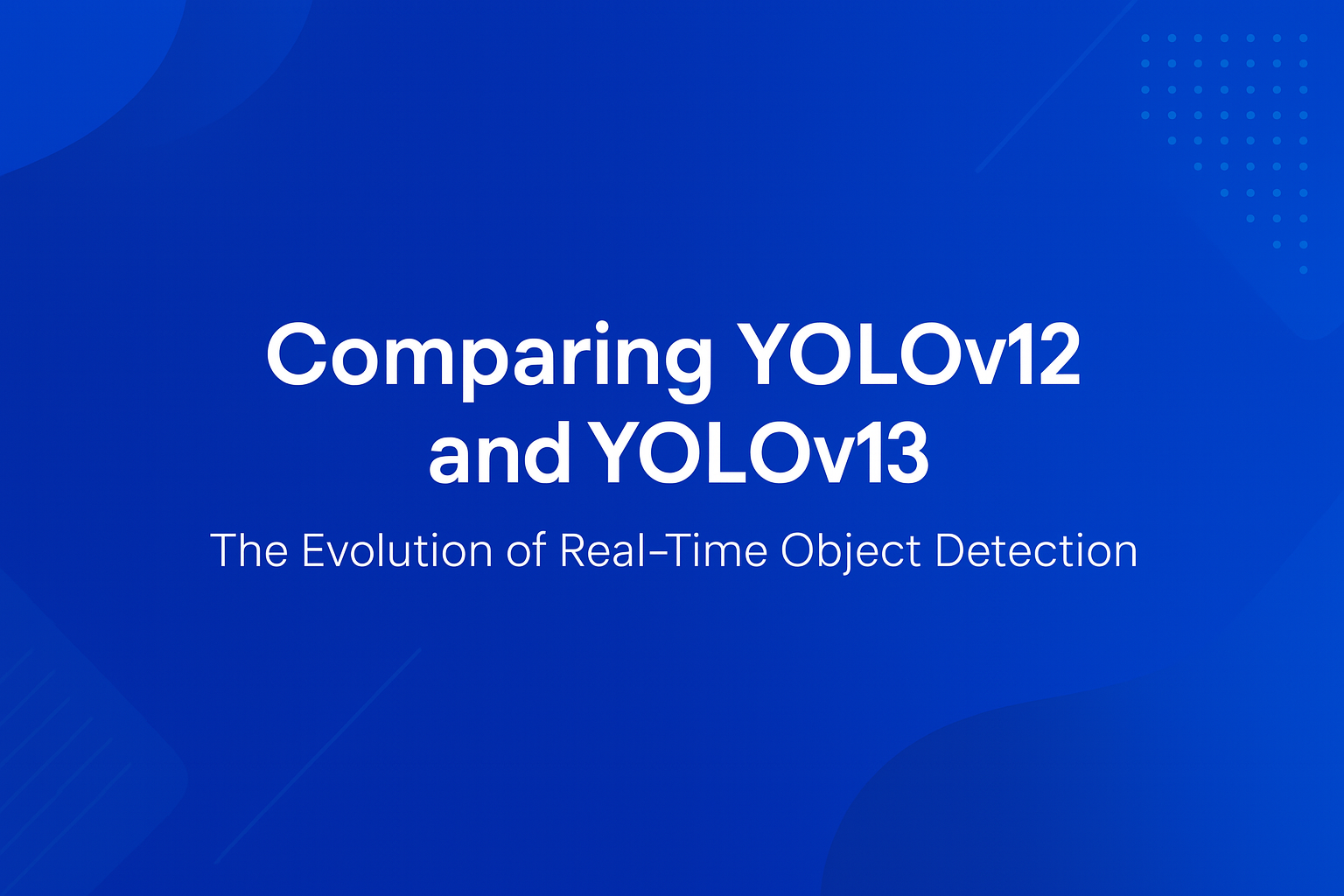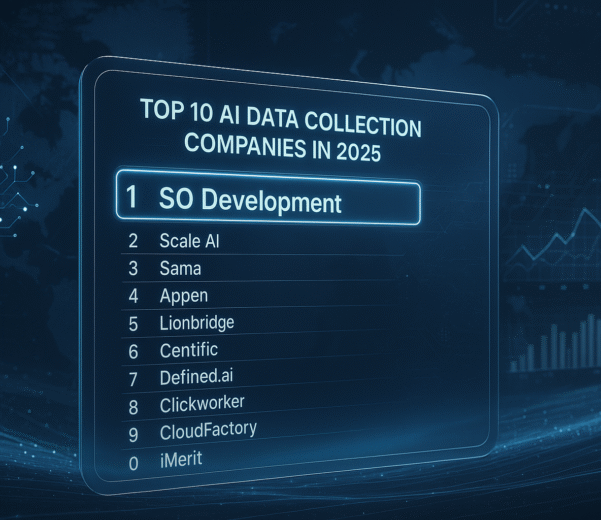Introduction
The concept of a smart city revolves around the integration of digital technology and data-driven strategies to enhance urban life, optimize resources, and improve public services. LiDAR (Light Detection and Ranging) technology, an advanced remote sensing system that generates highly accurate 3D data, has emerged as a crucial tool in this transformation. By capturing detailed spatial information about cities, LiDAR supports key urban functions such as infrastructure monitoring, urban planning, and traffic management. However, the raw LiDAR data generated through these systems needs precise annotation to be useful for machine learning models and decision-making algorithms.
LiDAR data annotation involves labeling and categorizing various objects and environmental features within point cloud datasets, which helps machines interpret the 3D data correctly. In the context of smart cities, the accurate annotation of LiDAR data plays a critical role in enabling autonomous systems to monitor infrastructure conditions, plan urban developments, and manage traffic efficiently. This blog explores the profound impact of LiDAR data annotation on smart cities, focusing on its applications, challenges, tools, and future trends.
Understanding LiDAR Technology and Smart Cities
LiDAR technology is based on the emission of laser pulses that reflect off surrounding objects, allowing the sensor to measure distances and create 3D representations of the environment. When applied in smart cities, LiDAR becomes an essential tool for acquiring detailed, real-time spatial data, which can be used in various public and private sector applications.
1 What Makes a City “Smart”?
A smart city is characterized by the deployment of connected sensors, data analytics platforms, and communication networks that work together to optimize urban operations. These components help monitor and manage critical city functions such as traffic flow, energy distribution, environmental monitoring, and infrastructure maintenance. By enabling data-driven decision-making, smart cities aim to reduce energy consumption, enhance public safety, and improve the overall quality of life for residents.
2 The Role of LiDAR in Smart Cities
LiDAR is a critical element in many smart city initiatives. Its high-resolution 3D data provides detailed insights into the urban landscape, which is essential for monitoring the condition of roads, bridges, and buildings, planning future urban development, and managing traffic flow. LiDAR’s ability to operate in low-light conditions and capture vast areas quickly makes it indispensable for cities undergoing rapid change and expansion.
The Importance of LiDAR Data Annotation
Raw LiDAR point cloud data, while rich in information, is difficult for machines to interpret without proper labeling. LiDAR data annotation is a process that involves manually or automatically labeling objects, structures, and features in the point cloud to make the data usable for machine learning algorithms and decision-making systems.
1 Why Annotation Matters in Smart Cities
In smart cities, accurate data annotation enables city planners, engineers, and AI-driven systems to interpret 3D data for infrastructure monitoring, urban planning, and traffic management. Proper annotation ensures that the machine learning models can distinguish between different types of objects, such as vehicles, pedestrians, roads, and buildings, and understand their relationships to make informed decisions.
For example, in traffic management systems, annotated LiDAR data helps autonomous vehicles and smart traffic lights detect and predict the movement of cars, bicycles, and pedestrians, reducing the likelihood of accidents and improving the flow of traffic.
2 Benefits of Accurate LiDAR Data Annotation
- Improved Decision-Making: By ensuring that all objects are correctly labeled, annotated LiDAR data improves the accuracy of models used for urban planning and traffic management.
- Efficiency Gains: Automated systems can process annotated data faster than raw data, speeding up the analysis and decision-making process.
- Safety Enhancements: In infrastructure monitoring, precise annotation helps detect cracks, structural weaknesses, and other potential hazards, allowing for timely maintenance and repairs.
LiDAR Data Annotation for Infrastructure Monitoring
Smart city infrastructure, including roads, bridges, tunnels, and buildings, requires constant monitoring to ensure safety and longevity. LiDAR technology, combined with accurate data annotation, enables detailed inspection and analysis of these structures.
1 Infrastructure Monitoring with LiDAR
LiDAR systems mounted on drones or vehicles can scan large areas of a city’s infrastructure, creating high-resolution 3D models that capture even minute changes over time. These models provide city authorities with the ability to monitor infrastructure health in real-time, identifying potential issues before they become critical.
2 Annotating LiDAR Data for Infrastructure
For infrastructure monitoring, annotations focus on identifying key structural elements such as:
- Bridges: Annotating the individual components of a bridge (e.g., deck, supports, cables) allows for the detection of damage or wear.
- Roads: Annotating cracks, potholes, and other surface deformations helps optimize road maintenance schedules and reduce vehicle damage.
- Buildings: Building façade annotations allow for the assessment of material degradation, which is important for long-term maintenance and retrofitting.
3 Real-World Applications: Infrastructure Monitoring Systems
Several cities around the world have implemented LiDAR-based infrastructure monitoring systems:
- New York City: LiDAR data is used to monitor the structural health of its bridges and tunnels, providing real-time alerts for repairs.
- Singapore: The government uses annotated LiDAR data to assess building safety and manage urban development projects.
LiDAR Data Annotation in Urban Planning
As cities grow, the need for intelligent urban planning becomes more critical. LiDAR data helps planners visualize the current state of the urban environment and project future developments. However, this data must be accurately annotated to create actionable insights for urban development projects.
1 LiDAR in Urban Planning
LiDAR is used in urban planning for tasks such as:
- Topographical Mapping: Creating accurate 3D maps of the landscape to inform land use decisions.
- Building Height and Density Analysis: Assessing the current height and density of buildings to guide zoning regulations.
- Green Space Analysis: Mapping green areas and annotating vegetation to plan for parks, gardens, and recreational areas.
2 Annotating LiDAR Data for Urban Planning
The annotation process for urban planning focuses on classifying different types of land use, buildings, roads, and natural features. This enables planners to:
- Model Urban Growth: Predict how a city will expand over time based on current data and annotated trends.
- Optimize Land Use: Maximize the efficiency of available land while considering factors such as population density, transportation networks, and environmental sustainability.
- Ensure Compliance with Zoning Laws: Annotated LiDAR data can help identify areas where construction violates zoning regulations, enabling timely enforcement.
3 Case Studies: Urban Planning with LiDAR
Several smart cities have adopted LiDAR technology for urban planning:
- Copenhagen: Uses LiDAR to create 3D models of the city, helping planners understand the impact of new construction on wind flow, sunlight distribution, and public spaces.
- Dubai: LiDAR is employed to map the entire city in 3D, facilitating large-scale development projects and improving building safety standards.
LiDAR Data Annotation for Traffic Management
One of the most promising applications of LiDAR data annotation in smart cities is traffic management. By accurately capturing and analyzing traffic patterns, LiDAR systems can improve vehicle flow, reduce congestion, and enhance pedestrian safety.
1 Traffic Management with LiDAR
LiDAR’s ability to capture real-time data on vehicle movements, pedestrian activity, and road conditions makes it invaluable for traffic management. It can monitor traffic flow, detect accidents, and provide data for optimizing traffic signal timing.
2 Annotating LiDAR Data for Traffic Management
In the context of traffic management, LiDAR data annotation typically focuses on:
- Vehicle Detection: Labeling vehicles of various types (e.g., cars, trucks, motorcycles) to monitor traffic density and flow.
- Pedestrian Detection: Annotating pedestrians crossing streets or walking near intersections to enhance safety.
- Road Surface Analysis: Identifying potholes, road debris, and other obstructions that can affect traffic flow.
Annotated LiDAR data helps smart traffic management systems adjust traffic lights dynamically based on real-time conditions, reroute vehicles to avoid congestion, and provide drivers with up-to-date traffic information.
3 Real-World Applications: Traffic Management Systems
LiDAR-enhanced traffic management systems are already in use in various smart cities:
- San Francisco: LiDAR data helps optimize traffic light patterns, reducing congestion and improving pedestrian safety.
- Tokyo: The city’s smart traffic system uses annotated LiDAR data to monitor road conditions and manage high-volume intersections more efficiently.
Tools for LiDAR Data Annotation in Smart Cities
Numerous platforms are available for annotating LiDAR data, and selecting the right tool is crucial for accurate and efficient labeling. Some popular tools for smart city applications include:
SO Development:
SO Development provides specialized data collection and annotation services, focusing on LiDAR technology for smart city applications. The company combines manual and automated annotation processes to ensure high accuracy and scalability for infrastructure monitoring, urban planning, and traffic management projects. With advanced machine learning integration and quality assurance, SO Development is a trusted partner for delivering precise, high-quality annotated LiDAR data.

Labelbox
Labelbox provides comprehensive annotation features, including 3D point cloud support, making it a suitable choice for infrastructure monitoring and urban planning applications.

Supervisely
Supervisely offers collaborative annotation tools that support large-scale smart city projects. It provides tools for 3D bounding boxes and semantic segmentation, making it ideal for traffic management.

Scale AI
Scale AI’s LiDAR annotation tools focus on automated labeling, which accelerates annotation tasks while maintaining high accuracy, especially useful in cities with rapidly changing traffic patterns.

Open-Source Tools
Open-source tools such as CVAT and PointCloud Annotator provide cost-effective solutions for annotating LiDAR data, though they may require more manual input and customization.

Challenges in LiDAR Data Annotation for Smart Cities
Despite its advantages, LiDAR data annotation presents several challenges that must be addressed for effective implementation in smart cities.
1 High Volume of Data
LiDAR systems capture vast amounts of data, which can be difficult to process and annotate manually. Automating the annotation process with AI and machine learning can help, but manual verification is often still required to ensure accuracy.
2 Complex Urban Environments
Urban environments are dynamic and complex, with numerous objects and structures that need to be accurately annotated. This complexity increases the potential for errors in annotation and can slow down the process.
3 Lack of Standardization
There is no universal standard for LiDAR data annotation in smart cities, leading to inconsistencies across different projects and applications. Standardized annotation guidelines are needed to ensure compatibility between datasets and systems.
4 Edge Cases and Ambiguity
LiDAR sensors often capture ambiguous data, especially in challenging weather conditions or when objects are partially obscured. Annotators must carefully address these edge cases to avoid introducing errors into the dataset.
Future of LiDAR Data Annotation in Smart Cities
As LiDAR technology and data annotation tools evolve, the future of smart cities will be shaped by several key trends.
1 AI-Driven Annotation
AI and machine learning will play an increasingly important role in automating LiDAR data annotation, reducing the need for human intervention and speeding up the process. AI-driven annotation tools will become more capable of handling complex urban environments and ambiguous data.
2 Real-Time LiDAR Annotation
Real-time annotation will enable smart cities to process LiDAR data on the fly, providing immediate insights for infrastructure monitoring, urban planning, and traffic management. This will be especially valuable for applications that require continuous data input, such as autonomous vehicle navigation and dynamic traffic systems.
3 Integration with Other Sensing Technologies
LiDAR will be integrated with other sensors, such as cameras, radar, and GPS, to create more comprehensive datasets for smart city applications. Annotating data from multiple sources will allow for more accurate decision-making and improved urban management systems.
4 Augmented Reality for Annotation
Augmented reality (AR) tools may be used to enhance the annotation process by providing annotators with immersive, interactive ways to label and categorize objects in 3D space. This could make the annotation process more intuitive and efficient.
Conclusion
LiDAR data annotation is a critical enabler of smart city functions, supporting infrastructure monitoring, urban planning, and traffic management. As cities continue to embrace digital transformation, the need for accurate and efficient LiDAR annotation will grow, driving advancements in AI, automation, and data integration. By investing in robust annotation systems and addressing the challenges that come with annotating complex urban environments, cities can unlock the full potential of LiDAR technology and build a smarter, more sustainable future.



